7 Subtle Clues Your Skin May Be Whispering About Cancer
Our skin, the body's largest organ, often serves as a mirror reflecting our overall health. While many changes in our skin may seem minor or purely cosmetic, they can sometimes be early indicators of more serious health issues, including cancer. Understanding the subtle clues your skin may be whispering about cancer can be crucial for early detection and intervention. This article delves into seven specific signs your skin might exhibit, which should not be overlooked. By paying attention to these signs, you can be more proactive in seeking medical advice and potentially catching cancer in its early stages, when it is most treatable.
Persistent Itching: More Than Just Dry Skin
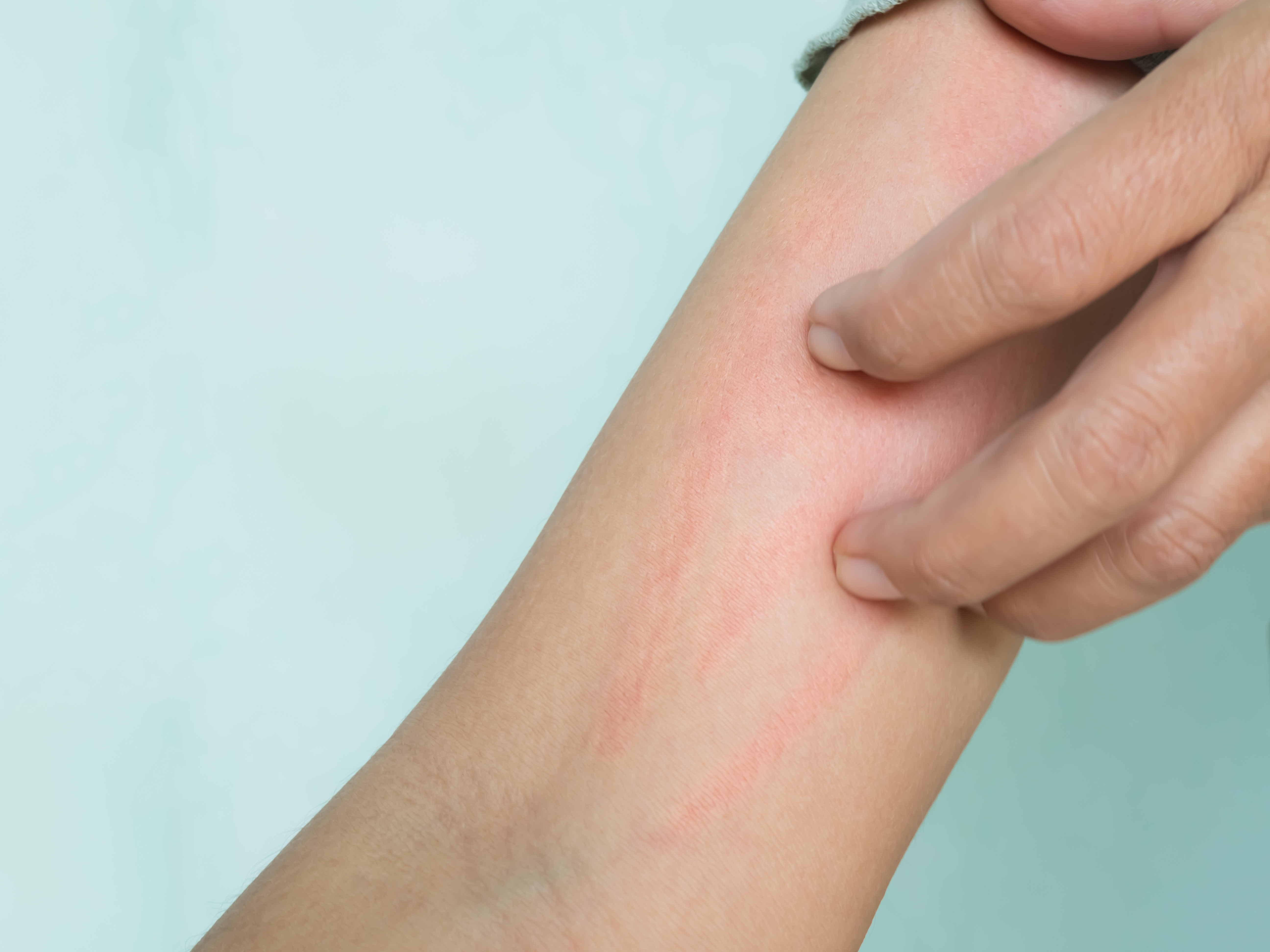
Itching is a common skin complaint, often attributed to dryness or allergies. However, when itching becomes persistent and unresponsive to typical treatments, it could signal an underlying issue. In some cases, persistent itching can indicate the presence of certain cancers, such as lymphoma or liver cancer. This occurs because cancer can affect the body's immune response or release substances into the bloodstream that cause itching. If you experience chronic itching that doesn't improve with moisturizers or antihistamines, it might be time to consult a healthcare professional to rule out more serious causes.
Unexplained Skin Lesions: The Underlying Warning
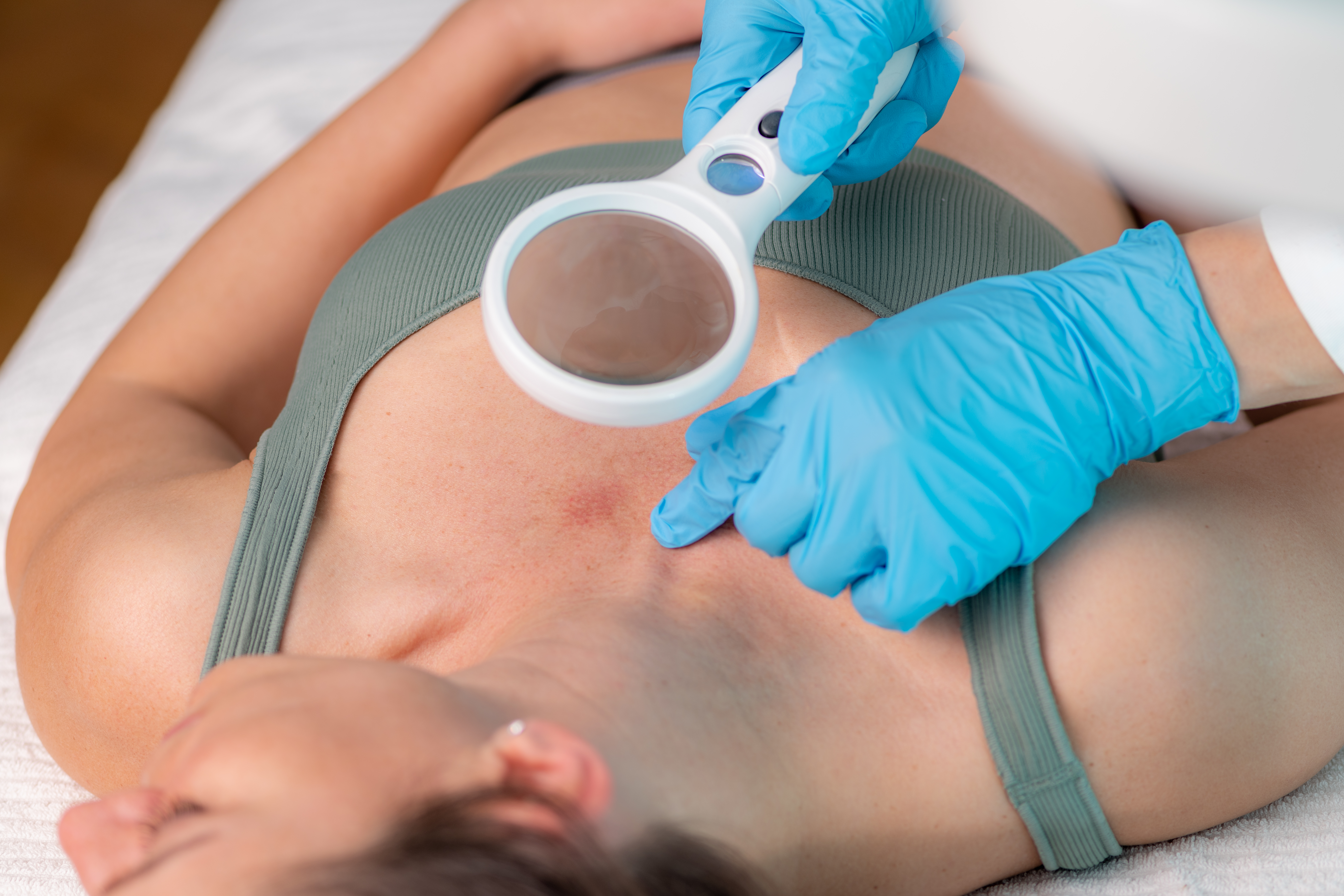
Skin lesions, including sores or ulcers that do not heal, can be a telltale sign of skin cancer. Basal cell carcinoma, squamous cell carcinoma, and melanoma are types of skin cancer that often manifest as new or changing lesions. These lesions may appear as flat, scaly patches or raised, pearly bumps. While not all skin lesions are cancerous, those that bleed, ooze, or crust should be evaluated by a dermatologist. Early detection of skin lesions can lead to more effective treatment and a better prognosis, underscoring the importance of regular skin checks.
Changes in Moles: The ABCDEs of Melanoma
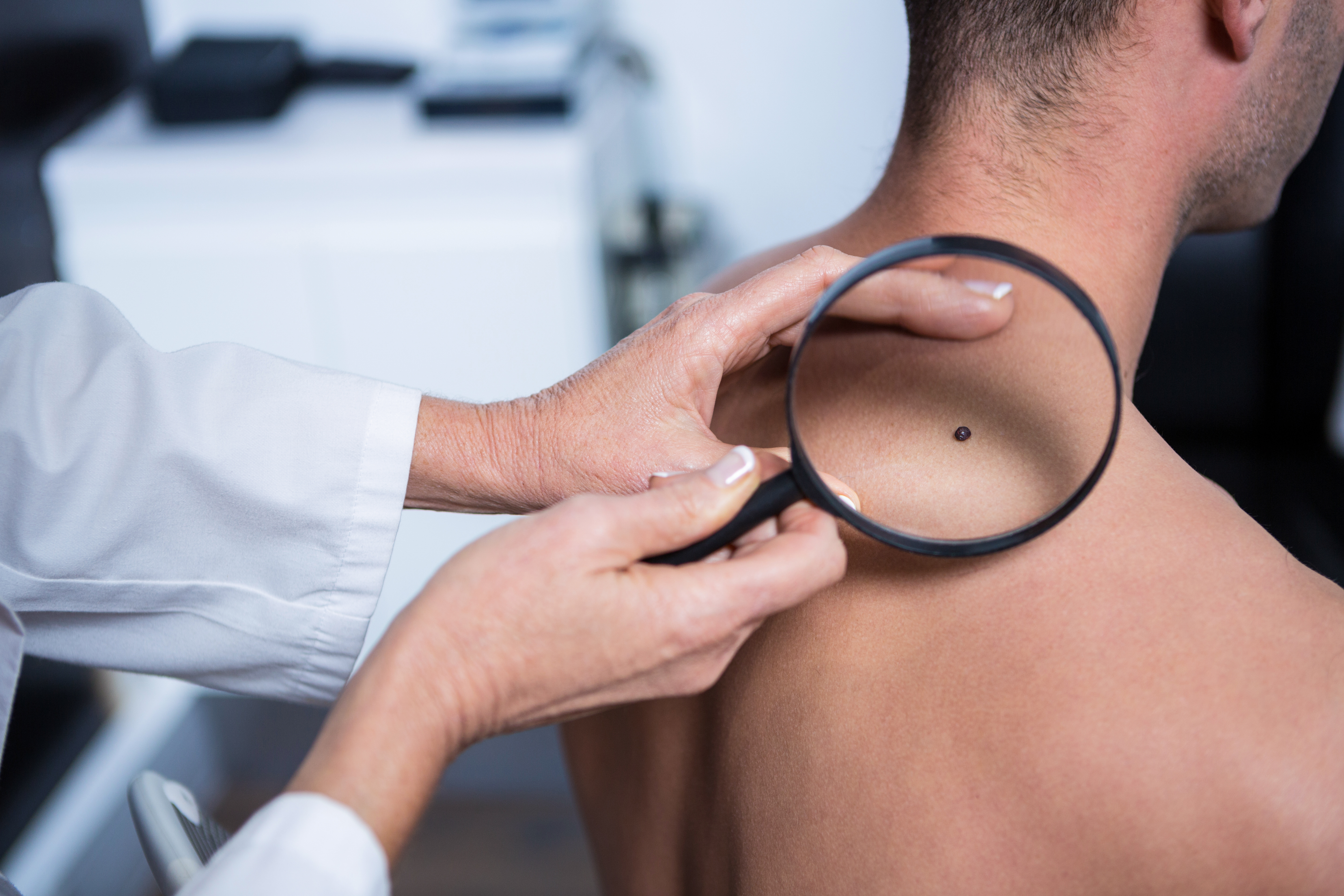
Moles are common and typically harmless, but changes in their appearance can be a warning sign of melanoma, a serious form of skin cancer. Dermatologists recommend using the ABCDE rule to monitor moles: Asymmetry, Border irregularity, Color variation, Diameter larger than 6mm, and Evolving size, shape, or color. If a mole exhibits any of these characteristics, it should be evaluated by a healthcare professional. Regular self-examinations and professional skin checks can aid in the early detection of melanoma, improving treatment outcomes significantly.
Unusual Skin Discoloration: The Hidden Message
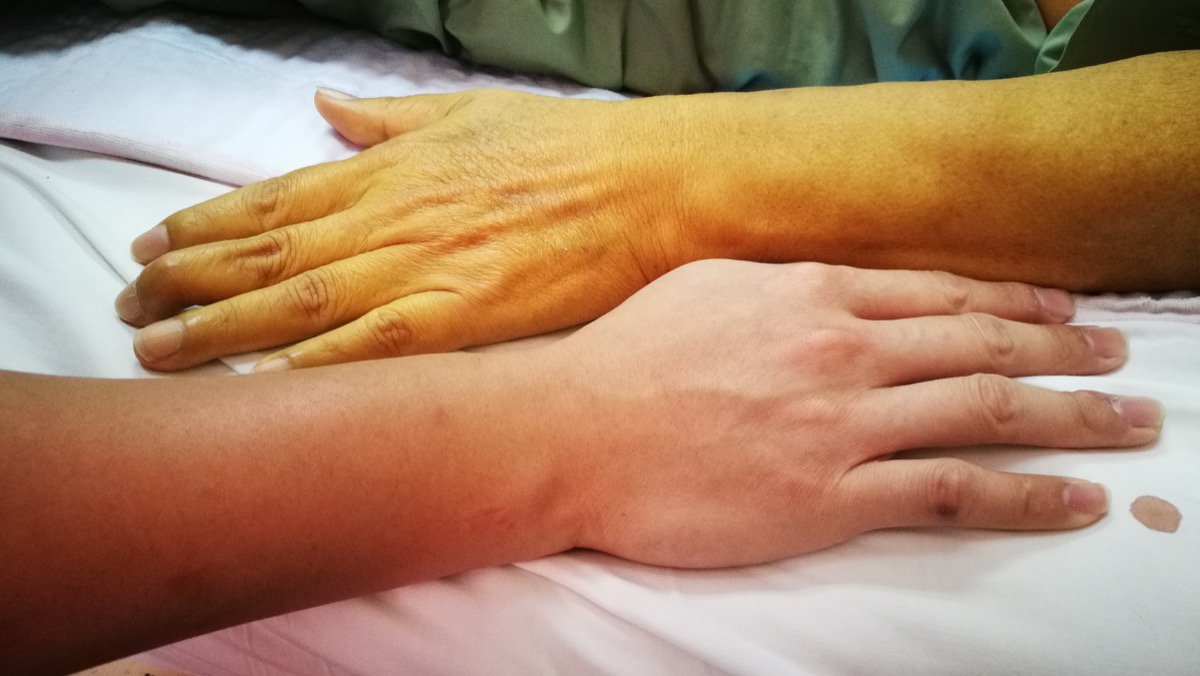
Skin discoloration, such as yellowing (jaundice) or darkening (hyperpigmentation), can be more than a cosmetic concern. Jaundice, often associated with liver issues, can sometimes indicate pancreatic cancer. Hyperpigmentation, on the other hand, can be linked to adrenal gland tumors. These changes occur due to the body's altered hormone levels or the presence of tumor-related substances. If you notice unexplained changes in skin color, it is advisable to seek medical evaluation to determine the underlying cause and rule out potential malignancies.
Persistent Redness: More Than a Blush
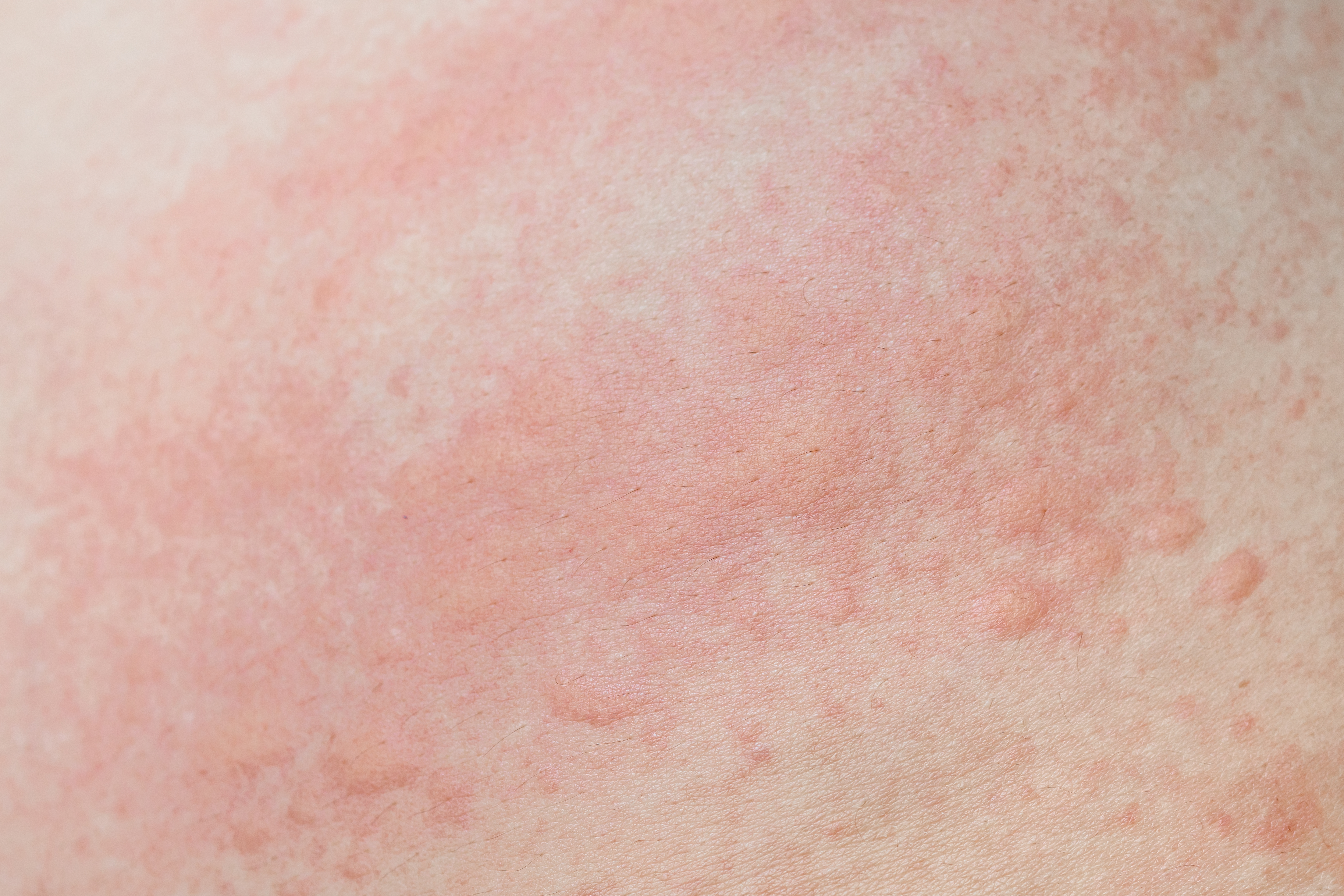
Persistent redness or flushing of the skin might be more than just a temporary reaction to heat or embarrassment. When redness is accompanied by other symptoms like swelling or pain, it might suggest an underlying health issue, such as a blood disorder or skin cancer. Conditions like rosacea can mimic these symptoms but can also be exacerbated by underlying cancers. If redness persists and is unresponsive to typical treatments, consulting a healthcare professional for a thorough evaluation can help identify any serious underlying conditions.
Thickening or Lumps: The Unseen Depths
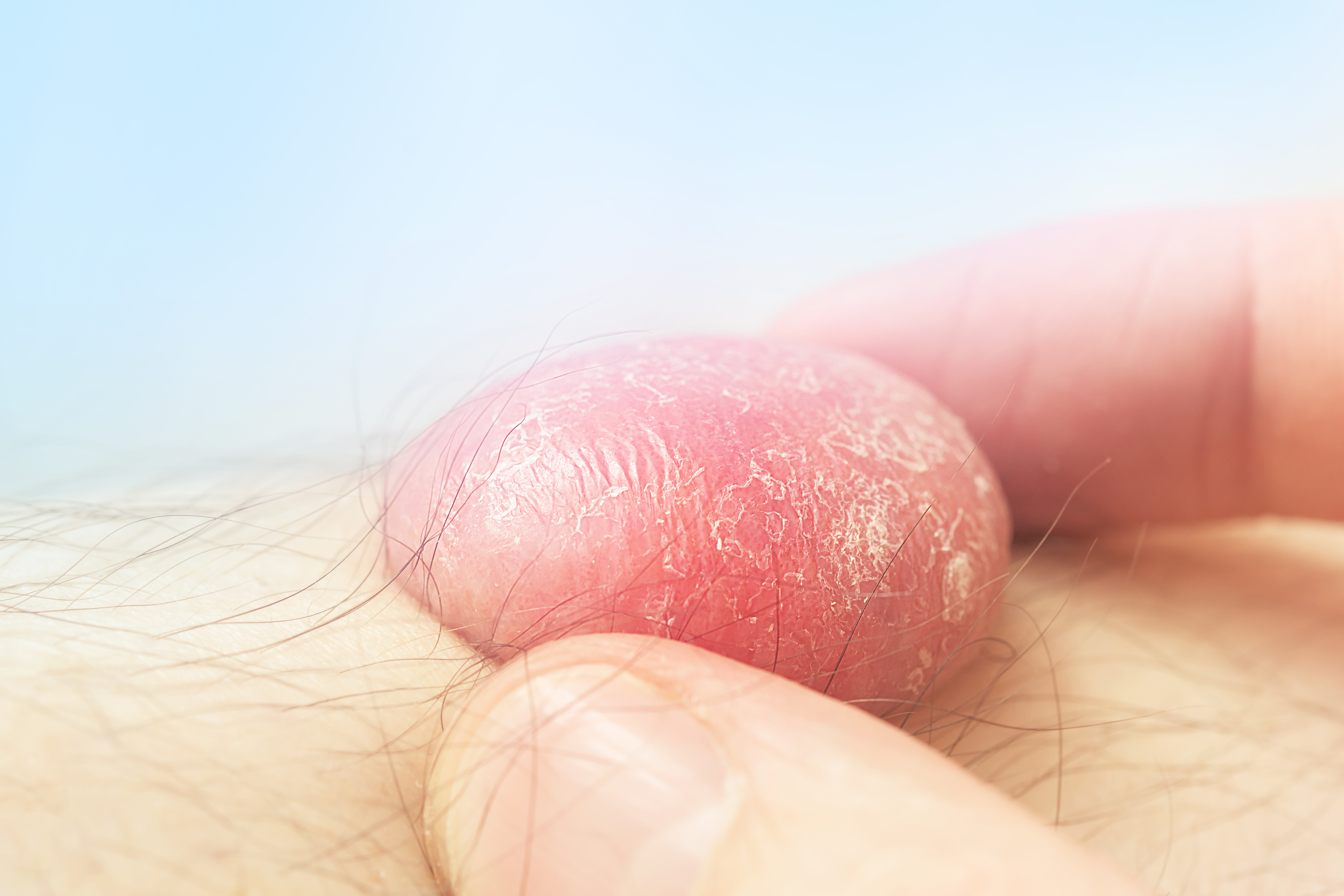
The development of thickened skin or lumps beneath the skin's surface can be a subtle yet significant sign of cancer. Conditions like breast cancer or sarcomas often present as lumps that may not be visible but can be felt upon examination. These changes occur as cancerous cells grow and multiply, forming masses. Regular self-examinations and awareness of any new or unusual lumps can facilitate early detection. If you notice persistent thickening or lumps, particularly those that grow or change over time, it is crucial to seek medical advice promptly.
Non-Healing Wounds: The Persistent Puzzle
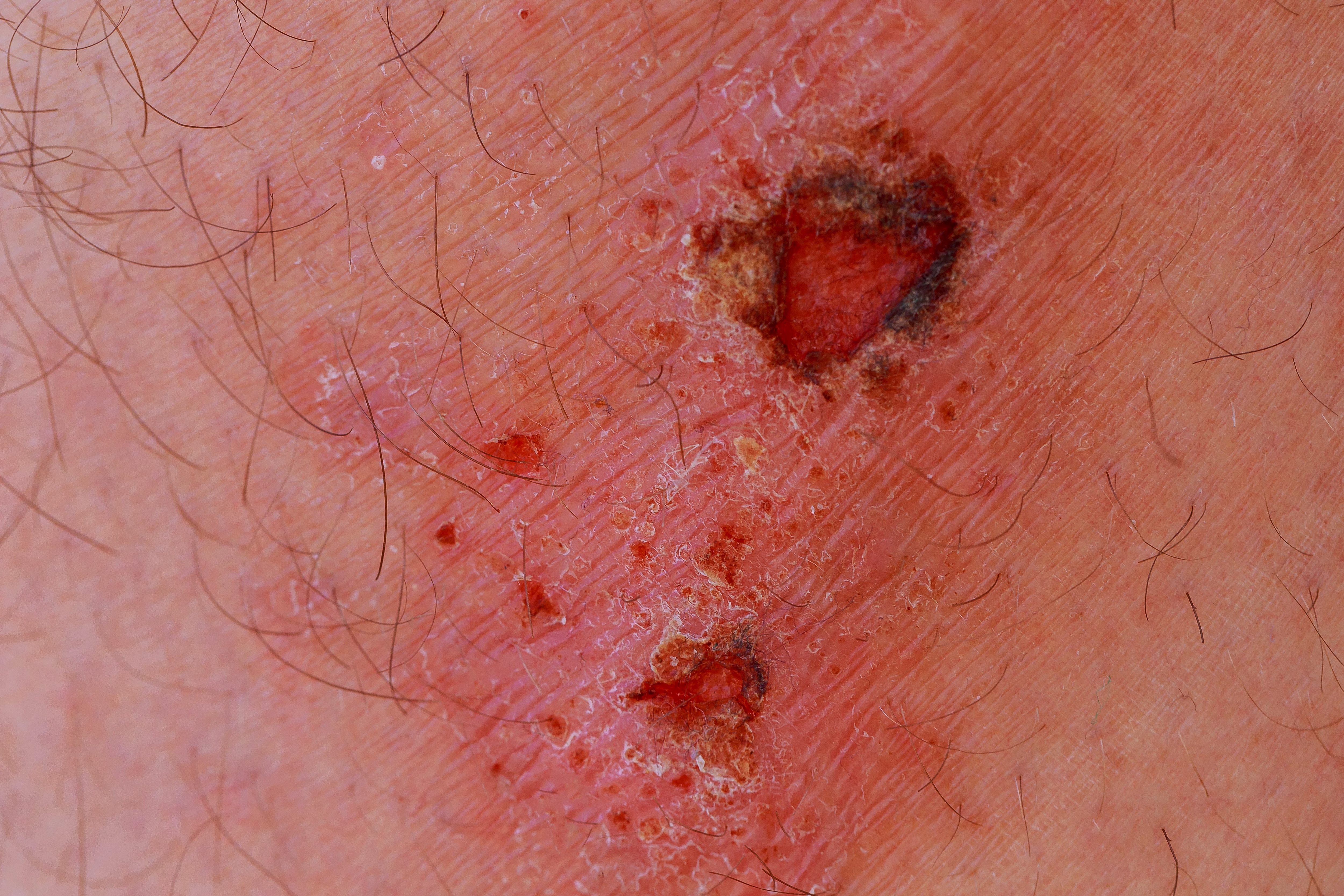
Wounds or cuts that do not heal within a reasonable time frame can be a cause for concern. This can be indicative of skin cancers like squamous cell carcinoma, which may present as a sore that bleeds and does not heal. Non-healing wounds may also be a sign of other underlying health conditions that affect the skin's ability to repair itself. If you have a wound that persists beyond a few weeks despite proper care, it is important to have it evaluated by a healthcare professional to rule out cancer or other serious conditions.
Listening to Your Skin
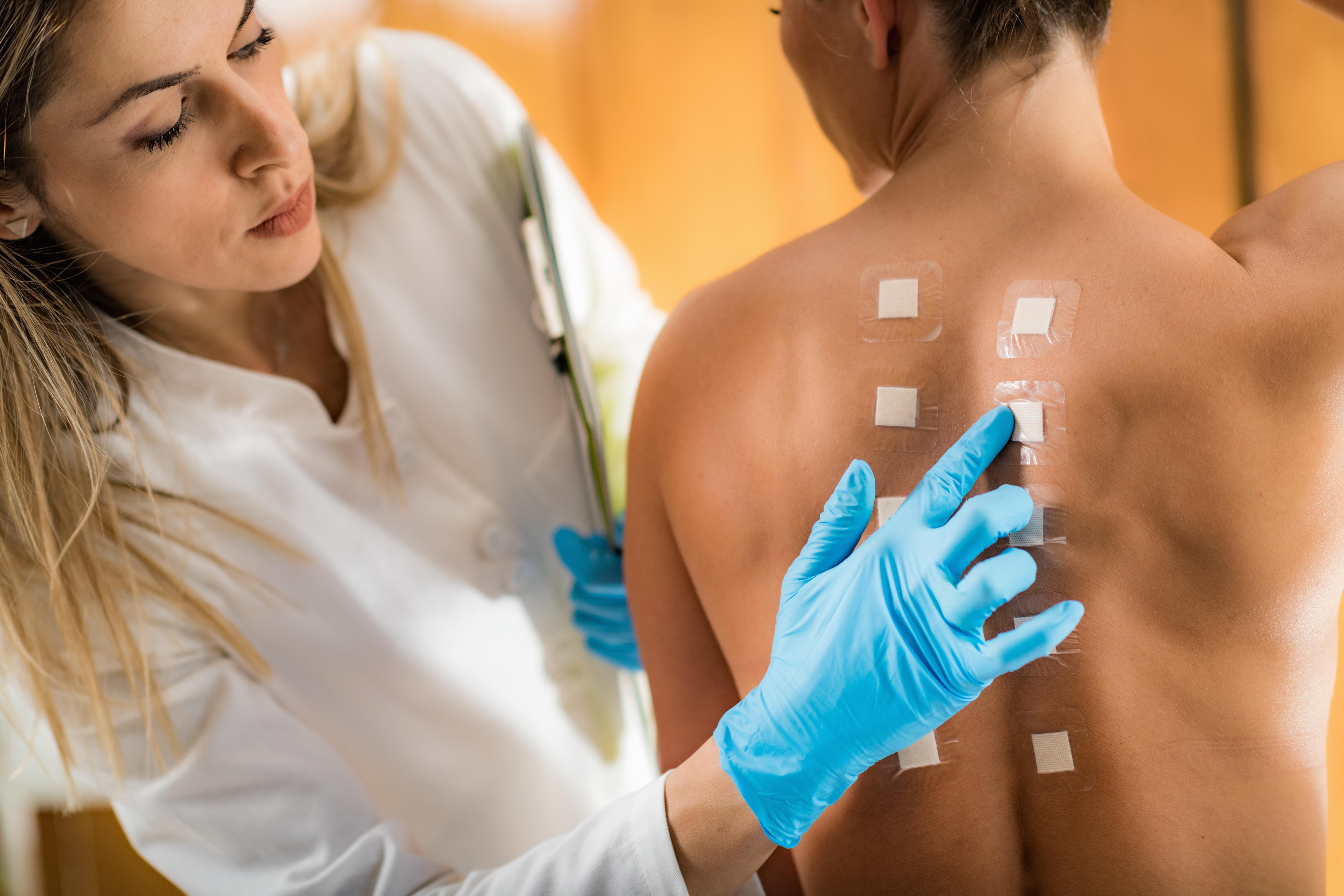
Our skin communicates with us in subtle ways that can reveal much about our internal health. By being vigilant about changes in our skin's condition, we can catch early signs of potential health issues, including cancer. While not every change signifies a serious problem, understanding what to look for and when to seek medical advice can be lifesaving. Regular check-ups with dermatologists and self-awareness are key components of skin health. Remember, your skin is not just a protective covering; it is a vital communicator of your well-being. Listen to it closely.
